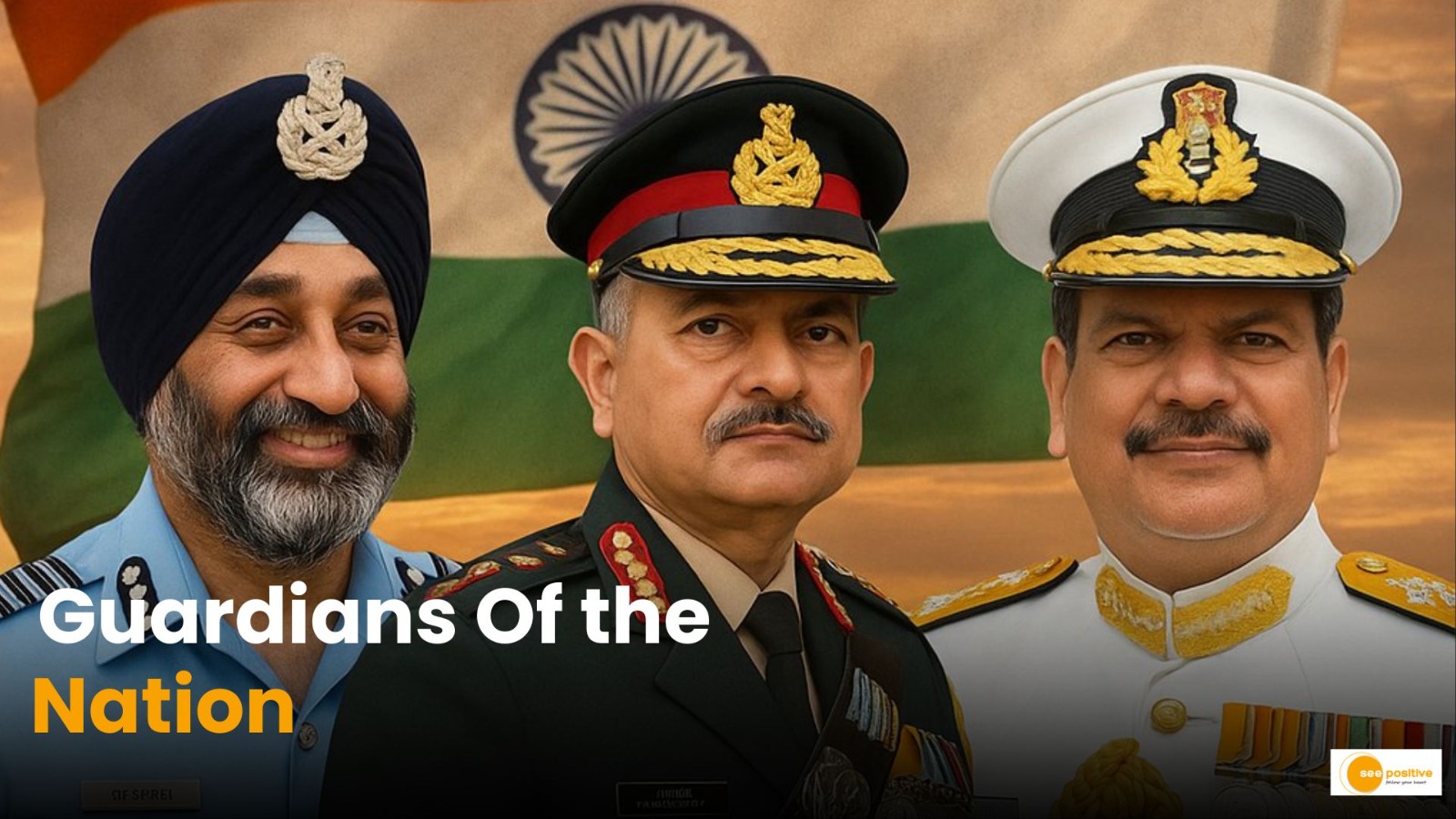The latest war-like state in India and Pakistan has been commanded by a strong and immediate response from the Indian armed forces. Under the coordinated leadership of the Chief of Defence Staff and the tri-service chiefs. With intelligence-based strikes and integrated action across terrain and services. This stands as a testament to India’s sharpened military readiness and strategic unity. This backdrop brings into focus the experienced leadership currently guiding India’s defense forces. In this article of See Positive, you will know about the leaders who are behind the strategic action of the three armed forces.
India’s top military leadership continues to reinforce the nation’s defense posture with experience, technological advancement, and sharp strategic acumen. At the helm are four distinguished leaders who exemplify commitment and capability. General Anil Chauhan, General Upendra Dwivedi, Admiral Dinesh K. Tripathi, and Air Chief Marshal Amar Preet Singh.
General Anil Chauhan – Chief of Defence Staff (CDS)
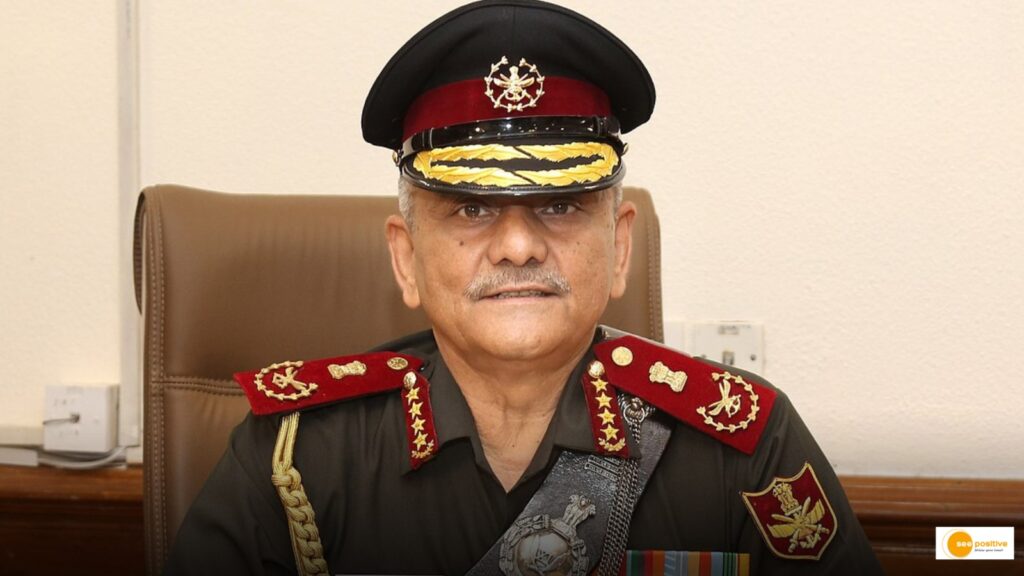
General Anil Chauhan currently serves as India’s Chief of Defence Staff. It is the highest-ranking military officer responsible for integrating and coordinating the tri-services—Army, Navy, and Air Force. A veteran strategist, General Chauhan is celebrated for his leadership. During the Balakot airstrikes, which marked a significant shift in India’s counter-terrorism policy. His contributions in thwarting Chinese incursions in Sikkim and Arunachal Pradesh have fortified India’s eastern defenses. Furthermore, he has played a pivotal role in advancing India’s adoption of cutting-edge military technologies and promoting indigenous defense capabilities.
General Upendra Dwivedi – Chief of Army Staff
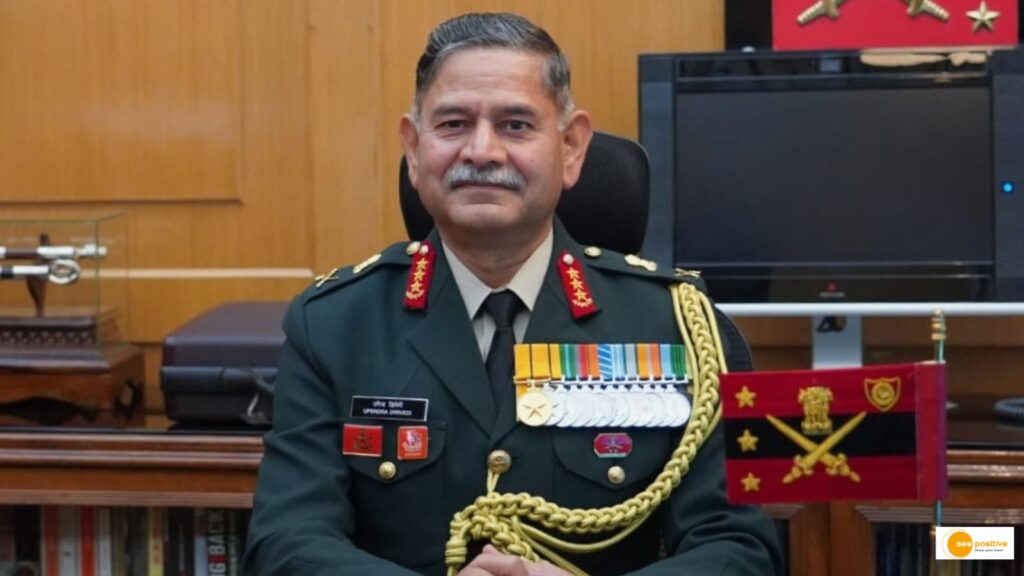
The Indian Army is currently under the command of General Upendra Dwivedi, an officer with deep operational experience. As part of his long and distinguished service, General Dwivedi was a key figure during Operation Rakshak in the 1990s. This operation aimed at combating terrorism in Jammu and Kashmir. His leadership is marked by operational clarity and ground-level understanding of asymmetric warfare. This makes him central to the Army’s strategy in counterinsurgency and border security.
Admiral Dinesh K. Tripathi – Chief of Naval Staff
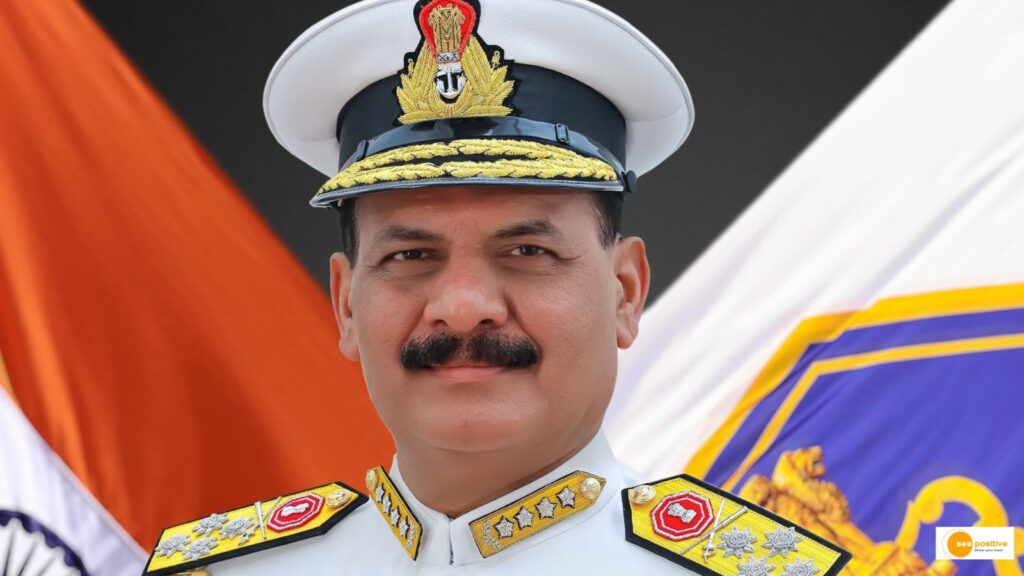
Admiral Dinesh K. Tripathi leads the Indian Navy with a specialized background in communication systems and electronic warfare. As the Chief of Naval Staff, he is tasked with enhancing India’s maritime domain awareness . Under his leadership, the Navy is focusing on modernizing its fleet, strengthening cyber and electronic warfare capabilities. Also increasing joint maritime operations with key allies.
Air Chief Marshal Amar Preet Singh – Chief of Air Staff
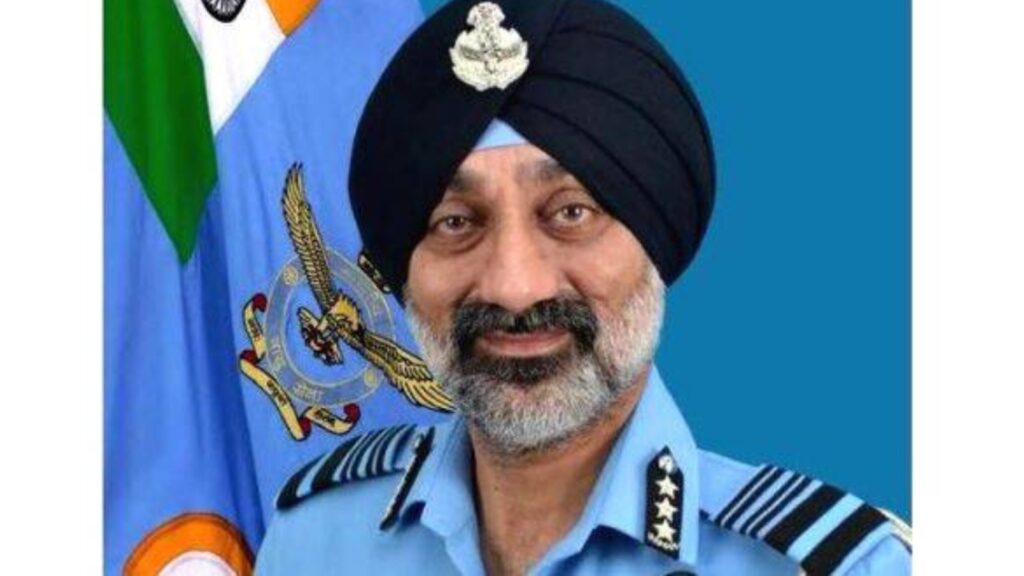
The Indian Air Force (IAF) is under the leadership of Air Chief Marshal Amar Preet Singh. He continues to sharpen its aerial warfare tactics and defense systems. He is known for his robust technical acumen and strategic foresight. The Air Chief is spearheading modernization efforts, including the acquisition and integration of next-generation aircraft, drones, and precision-guided systems. His vision is shaping the IAF into a highly responsive and technology-driven force.
A Unified Front with Strategic Readiness
A coordinated mission to enhance military preparedness along critical borders —the synergy between the armed forces is evident. This operation underscores the necessity for seamless joint operations among the tri-services, an objective strongly advocated by CDS General Chauhan.
With simultaneous advancements in indigenous technology, surveillance, logistics, and cyber capabilities, the Indian military is not only ready to counter external threats but is also preparing for future warfare scenarios. Under the current leadership, there is a clear focus on interoperability, intelligence-driven operations, and defense diplomacy.

